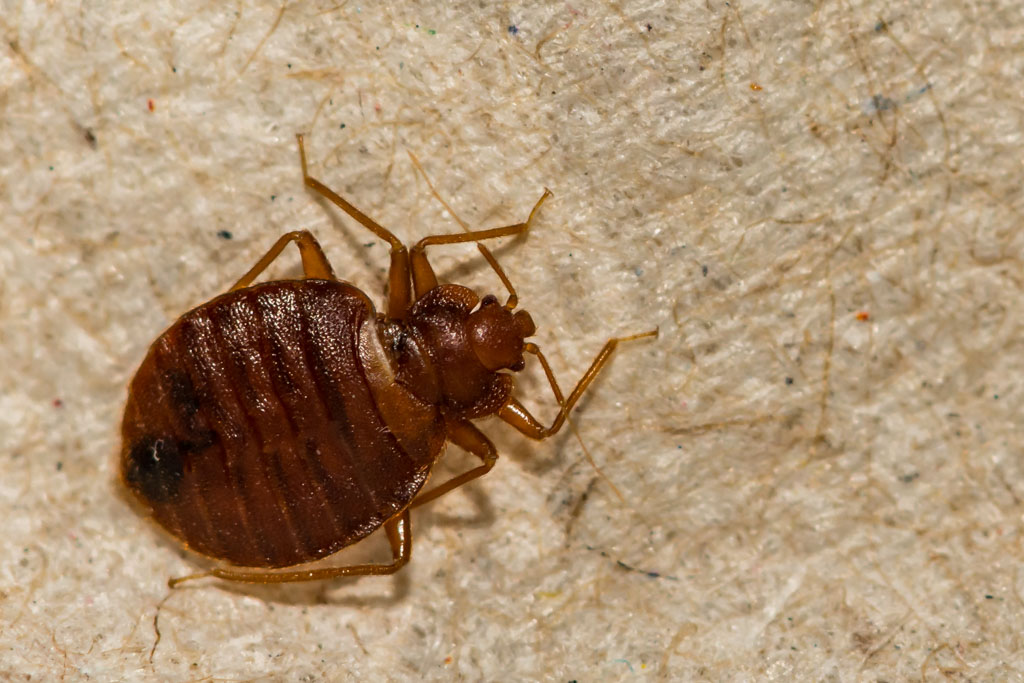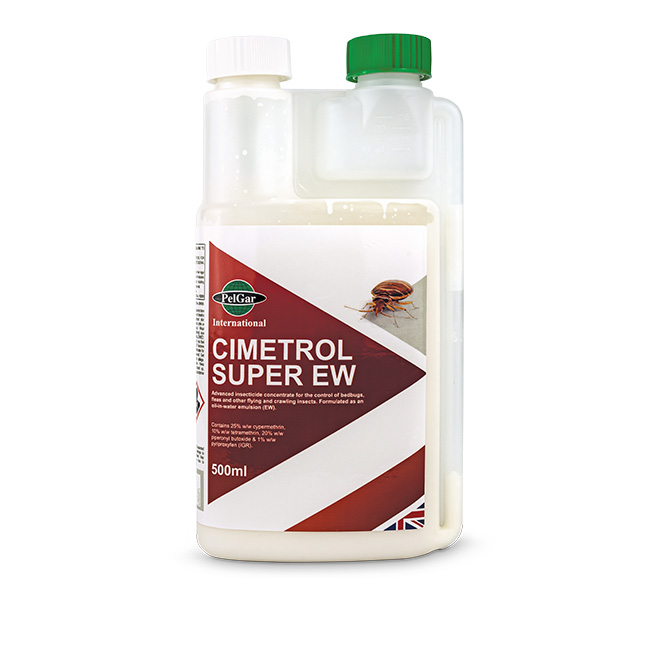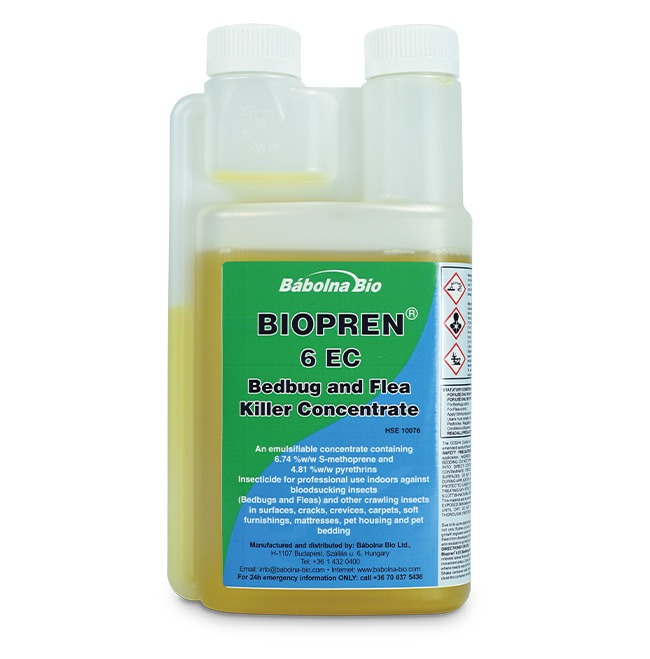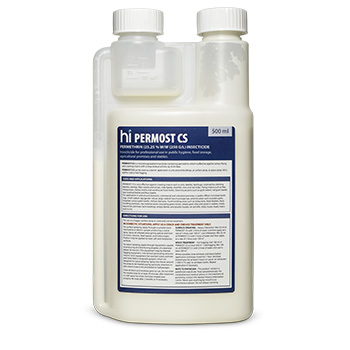Bed Bugs (Cimex lectularus)
 |
After hatching the bed bug goes through five nymphal stages that resemble the adult, though they are smaller in size. A newly hatched nymph is almost colourless. Engorged nymphs are reddish and swollen. Wild animals, including bats, swallows and house martins may also serve as hosts and may be responsible for causing infestations in or around buildings. Bed bugs usually hide in cracks or mattresses during the day and emerge at night to feed. They inject saliva as they feed. An allergic reaction to the saliva often causes slightly delayed swelling, itching, and burning which may persist for a week or more.
Identification:
Identification Adults are reddish-brown, oval, flattened 6 to 9 mm long and 1.5 to 3 mm wide before feeding. Engorged adults are swollen and dull red. The white, oval egg is about 1 mm long. Although humans are the preferred host, bed bugs feed on many warm-blooded animals. Animal hosts include poultry, rats, mice, dogs, cats, pigeons, canaries, rabbits, and guinea pigs.
Biology:
Female Bed bugs lay eggs throughout their life, generally around 2 to 3 per, each female could produce around 400 - 500 eggs during her lifetime. The eggs are deposited all around the environment in which the Bed bug is living. At temperatures above 21°C (70°F), eggs hatch in 6 to 17 days. At lower temperatures, hatching may take as long as 28 days.
Control:
The first step to dealing with bed bugs is to locate all of their hiding places: Furniture, particularly bedroom furniture must be inspected carefully, even to the point of dismantling the bed for easier inspection and possible treatment. Check under and behind other pieces of furniture, such as chairs, couches, dressers, etc. It may be necessary to remove the dust covers on the undersides of chairs and couches. Pull drawers out of dressers, inspect them carefully and examine the interior of the dresser. Remove and inspect objects, such as pictures, mirrors, curtains, etc., that are hung or mounted on walls. Check obvious cracks and crevices along baseboards. Inspect torn or loose wallpaper and decorative borders. Check clothing and other item stored in areas where bed bugs have been found. The next step is to treat the possible daytime hiding places of bed bugs. Such applications are best done as a "crack and crevice" treatments to gaps around baseboards and other such items using a broad band residual insecticide through a coarse sprayer or as an Ultra-Low Volume Insecticide through a mister or fogging machine. To prevent bedbug infestations Inspect all used furniture, especially beds and travel luggage before bringing them into the house. Eliminate potential harbourages. To eliminate an existing infestation The treatment of existing infestations is notoriously difficult and is best carried out by a qualified pest control operator. The programme should include the following: A thorough inspection of the infested property. Confirmation of the presence of bedbugs. The sealing of cracks and crevices in the walls and floors. The securing of loose wallpaper and elimination of other areas of insect harbourage. Treatment or removal of infested furniture. Use a space spray to penetrate an infested area. Treat mattresses and soft furnishing with an approved product. Apply a residual insecticide to cracks and crevices. The implementation of regular laundering of bedding and the frequent vacuuming of carpets. The used vacuum cleaner bag should be disposed of in a sealed plastic bag when finished.
Products to control Bed Bugs:

Cimetrol Super (500ml) |
Biopren 6 EC (500ml) |
Permost CS (500ml) |


